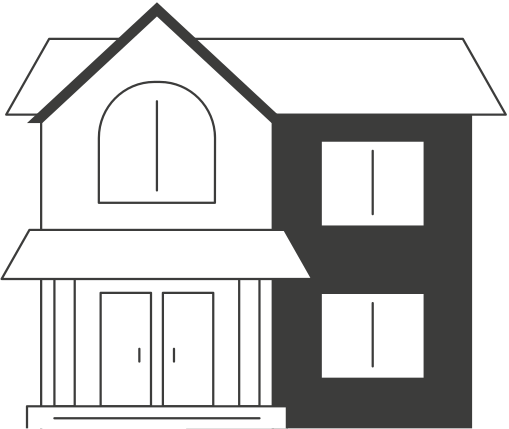Benefits of a Flat-Fee Real Estate Agent
October 13, 2025
How WiseBuy’s flat-fee model saves buyers thousands while creating a fairer, more transparent homebuying experience.
A flat fee makes sense where the amount of work is relatively predictable, as it generally is for an agent representing a homebuyer - particularly where the home buyer finds the home themselves. The percentage-based model is outdated and was created long ago when a) buyers didn't have access to public sites like redfin etc. and agents did more in-person tours, and b) there was less transparency and awareness around the fact that the buyer bears the cost of their agent fee even if the seller agrees to "cover" it (previously, many buyers thought of the services as "free" because the fee was "paid" by the sellers).
Now, with more transparency around the way fees work, it seems like the market is finally catching up to the more modern home-buying experience.
Of course assuming that the flat fee is lower than the percentage-based fee, there are a lot of advantages to paying a lower buyer’s agent fee, besides just saving money on the reduced fee:
- First and most obvious/significant is the buyer’s savings in the amount of the lower fee. For illustrative purposes, let’s use a home that a buyer would be able to purchase by paying the seller $1 million in net proceeds. A buyer who asks the seller to credit them 3% for their buyer’s agent commission at closing would have to submit an offer for $1,030,000, whereas a buyer who instead asks the seller to credit them $5,000 for their buyer’s agent commission at closing could submit an offer at $1,005,000, effectively saving the buyer $25,000 on the price of the home.
- The buyer pays less in future property tax due to the lower purchase price.
- The buyer has a lower down payment due to the lower purchase price, meaning the buyer doesn’t need as much cash at closing.
- The buyer takes out a smaller loan due to the lower purchase price, meaning the buyer has a lower mortgage payment throughout the life of the loan, and saves on interest costs throughout the life of the loan.
- The seller also saves money. Sticking with this example, if the seller is paying their listing agent 3% of the sale price, they only have to pay $30,150 to their agent, instead of $30,900, meaning they saved $750.
- The seller also saves by paying less in capital gains tax, due to the lower sale price, which could be up to 37% (plus state taxes) of the seller’s profit on the home. Whether and how much capital gains tax a seller owes depends on many factors, including how much the home has appreciated, how long they owned the home (which determines whether they pay ordinary or capital gain tax rates), whether they qualify for the home sale capital gains exclusion, and their filing status (filing individually or jointly), so this could be anywhere from a non-existent benefit for some to a huge benefit for others.
- The buyer and/or seller, as applicable, save on other closing costs which are tied to the home’s purchase price - for example, city and county transfer taxes, homeowners’ insurance, title insurance, escrow and title fees, etc.
- An added bonus is there is less risk that the property doesn’t appraise for the price the buyer is offering, which is a requirement for the buyer to get their loan (if they are using financing). When a buyer submits an offer which inflates the price by 3% in order to be able to deduct the buyer’s agent fee from the offer proceeds, there is a higher chance that the property will not appraise for that price, creating more risk that the transaction will not be able to go through.
While some of these are small costs, they all add up and there is a cascading effect that results from a lower purchase price which ultimately can provide a lot of benefit to both the buyer and the seller.




